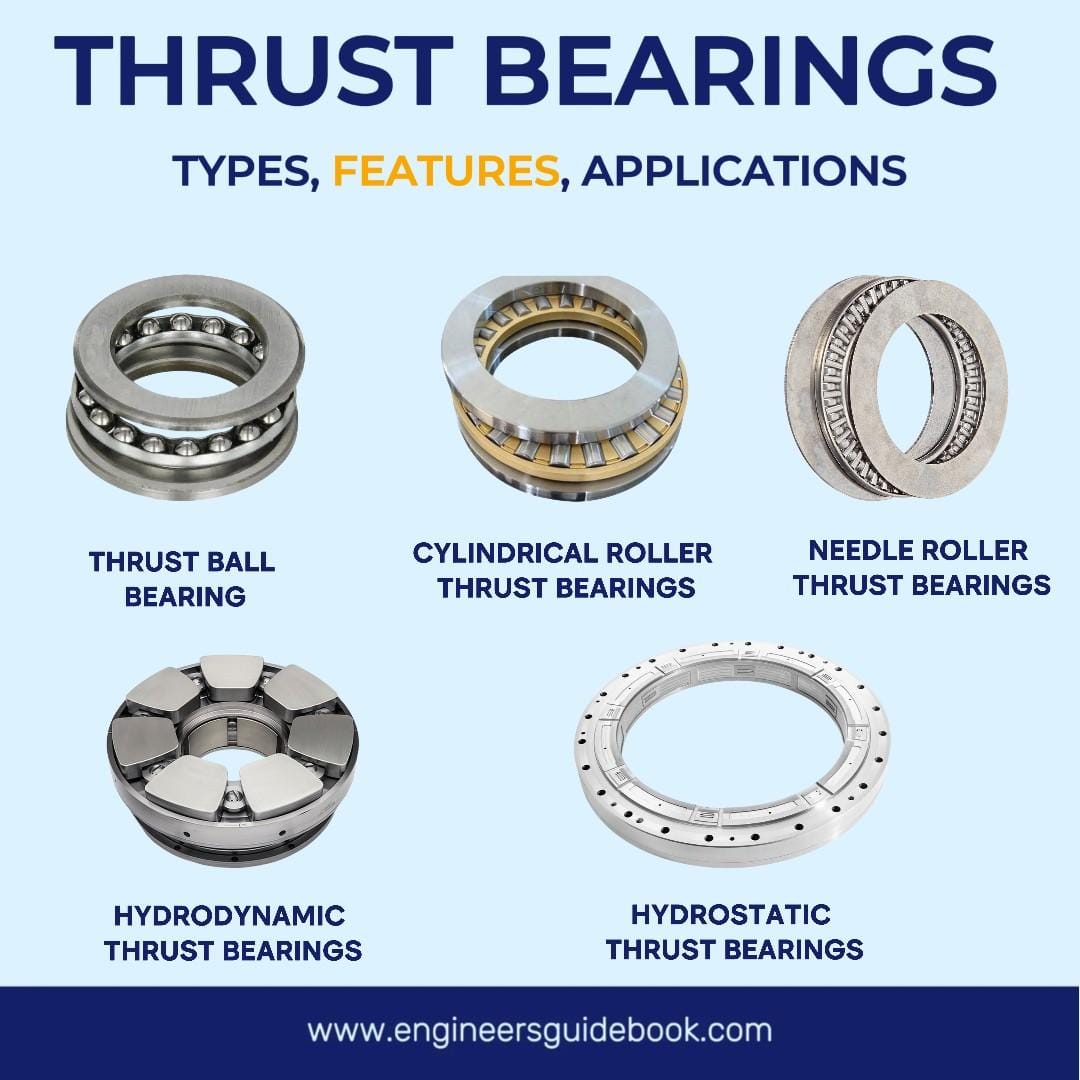1. Introduction to Step Up Transformers
1.1 What is a Step Up Transformer?
A step-up transformer is a critical device in electrical engineering, primarily designed to increase the voltage from the primary to the secondary coil. This device operates on the principle of electromagnetic induction, where the voltage is stepped up in proportion to the ratio of the number of turns between the primary and secondary coils. Essentially, a step-up transformer allows for the efficient transmission of electricity over long distances by increasing voltage, which in turn reduces energy losses. This increase in voltage, while maintaining the same power level, is necessary for efficient power distribution systems, especially in high-voltage transmission networks.
1.2 Importance of Step Up Transformers in Power Distribution
Step-up transformers play an indispensable role in modern power distribution networks. Their primary function is to raise the voltage generated at power stations to a higher level for efficient long-distance transmission. Higher voltage transmission is crucial because it minimizes the power loss during transport.
As electricity travels through transmission lines, higher voltages help reduce the current flowing through the conductors, and with it, resistive losses are minimized. Without step-up transformers, the vast electrical grid would experience significant losses and inefficiencies, especially in distant and large-scale energy distribution systems.
Additionally, these transformers ensure that the voltage levels are appropriate for industrial, commercial, and residential needs, where step-down transformers are used to reduce voltage to usable levels. The step-up transformer thus forms a fundamental link in the continuous supply of electrical power from power plants to end-users.

2. Understanding the Working Principle of a Step Up Transformer
2.1 The Basic Concept of Voltage Transformation
The working principle of a step-up transformer revolves around the ability to convert electrical energy from one circuit to another by changing the voltage levels.
It operates on Faraday’s Law of Induction, which states that a change in the magnetic field within a coil induces an electromotive force (EMF). In the case of a step-up transformer, alternating current (AC) in the primary coil generates a changing magnetic field. This magnetic flux induces a voltage in the secondary coil, and depending on the number of turns in each coil, the voltage is either stepped up or stepped down.
A key factor is the turns ratio: the ratio of the number of coils on the secondary winding to the number of coils on the primary winding. In a step-up transformer, the secondary coil has more turns than the primary coil, resulting in a higher voltage in the secondary than the primary.

2.2 The Role of Electromagnetic Induction in Transformer Function
Electromagnetic induction is the fundamental principle that governs the operation of all transformers, including step-up transformers. When alternating current flows through the primary winding, it creates a fluctuating magnetic field around the coil. This magnetic field expands and contracts, passing through the secondary coil and inducing an alternating voltage.
The efficiency of this voltage induction depends heavily on the magnetic properties of the core material, which directs the magnetic flux between the two coils. The stronger and more directed the magnetic field, the more efficient the induction process, resulting in a more effective voltage transformation.
2.3 Relationship Between Primary and Secondary Windings
In a step-up transformer, the relationship between the primary and secondary windings is defined by the turns ratio. The voltage in the secondary coil is directly proportional to the number of turns in the secondary coil compared to the number of turns in the primary coil. If the secondary winding has twice as many turns as the primary, the output voltage will be double the input voltage, while the current is halved.
This inverse relationship between voltage and current is fundamental to the transformer’s operation, ensuring that power is conserved, albeit in a modified form.
The primary winding receives the input voltage, while the secondary winding outputs the transformed voltage. The design of the winding itself—such as the gauge of wire and its insulation—is vital in maintaining efficiency and ensuring the transformer operates without excess heat generation or power loss.
2.4 Voltage Step-Up Mechanism Explained
The step-up mechanism of a transformer relies on the number of turns in the secondary coil being greater than in the primary coil. The voltage increase corresponds to the ratio of turns in the two coils. For instance, if the turns ratio is 2:1, the secondary voltage will be twice the primary voltage.
This increase in voltage is achieved by the induction of a higher potential difference in the secondary winding, facilitated by the varying magnetic field created by the current in the primary winding.
However, while the voltage increases, the current decreases. This is consistent with the principle of conservation of energy, where the product of voltage and current remains constant (neglecting losses).
Thus, the step-up transformer elevates the voltage for transmission over long distances, ensuring that minimal energy is lost as heat, while the current is low enough to avoid excessive power loss through the resistance of transmission lines.

3. Step Up Transformer Components
3.1 Primary and Secondary Windings
The windings are crucial components of a step-up transformer, and their role is to carry the electrical current that generates the magnetic field responsible for voltage induction. The primary winding is where the input voltage is applied, and it creates the magnetic flux that induces voltage in the secondary winding.
The secondary winding, in turn, provides the output voltage, which is proportional to the number of turns relative to the primary. The design and materials of the windings are critical in determining the efficiency of the transformer, as they must withstand the electrical and thermal stresses of the operating conditions.
3.2 Core Material and Its Significance
The core of a transformer serves to guide the magnetic flux generated by the primary winding to the secondary winding. The material chosen for the core must have high magnetic permeability, meaning it should easily allow magnetic flux to pass through it.
Materials such as silicon steel are commonly used for transformer cores because they exhibit low core losses and high conductivity, ensuring that the transformer operates efficiently with minimal energy waste. The core is typically laminated to reduce eddy current losses, which would otherwise dissipate energy in the form of heat.
3.3 Insulation and Safety Features
Insulation plays a vital role in protecting the transformer’s components from electrical faults and maintaining operational safety. The windings and core of a transformer are insulated to prevent short circuits and electrical discharges. Various types of insulation materials, such as paper, oil, or synthetic resins, are used depending on the voltage and current specifications of the transformer.
In addition, safety features such as pressure relief valves, thermal protection devices, and oil monitoring systems are incorporated to ensure the safe operation of step-up transformers, particularly in high-voltage scenarios.
3.4 Tap Changer and Its Role in Voltage Regulation
A tap changer is a critical component of some step-up transformers that helps regulate the output voltage. It allows for the selection of different turns ratios in the transformer’s secondary winding, thus adjusting the output voltage.
Tap changers can be either manual or automatic, and they are essential for maintaining stable voltage levels across fluctuating power demands. This functionality is particularly important in power transmission systems, where voltage levels may need to be fine-tuned to compensate for losses or load variations.
4. Step Up Transformer Diagram and Construction
4.1 Basic Diagram of a Step Up Transformer
A basic diagram of a step-up transformer typically shows two coils (primary and secondary) wound around a shared magnetic core. The primary coil is connected to the input voltage source, while the secondary coil is connected to the load, which requires the transformed voltage.
The core, made of high-permeability material, channels the magnetic flux created by the alternating current in the primary coil to the secondary coil, where it induces a voltage proportional to the turns ratio.

4.2 Labeling the Key Components
Key components in a step-up transformer include the primary and secondary windings, the magnetic core, the insulation, and the tap changer (if applicable). The primary winding, often referred to as the “input coil,” receives the electrical input, while the secondary winding, or “output coil,” delivers the stepped-up voltage.
The core serves as the conduit for the magnetic flux, while the insulation ensures that the components are protected from electrical faults and thermal damage.
4.3 Construction Details: Core and Windings
The construction of a step-up transformer involves winding the primary and secondary coils around a core made of laminated sheets of high-permeability steel. The windings are usually made of copper or aluminum wire, chosen for their high conductivity.
The core material is chosen to minimize losses, and the lamination of the core reduces eddy current losses. The windings are insulated with materials that can withstand high temperatures and electrical stresses, ensuring the durability of the transformer over time.

4.4 Types of Core Configurations in Step Up Transformers
The core configuration in a step-up transformer can vary depending on the design and the specific application. The two most common core types are the core-type and shell-type transformers. In a core-type transformer, the windings surround a central core, and in a shell-type transformer, the core surrounds the windings.
Each configuration offers distinct advantages in terms of efficiency, cost, and performance. Core-type transformers are often used in high-power applications, while shell-type transformers are preferred in applications where space is limited or where additional safety is required.

5. Factors Affecting the Efficiency of Step Up Transformers
5.1 Influence of Core Material on Efficiency
The core material significantly impacts the efficiency of a step-up transformer. High-permeability materials, such as silicon steel and amorphous alloys, reduce hysteresis losses by allowing smoother magnetic flux transitions. The quality of lamination in the core also plays a crucial role, as it minimizes eddy current losses, which can otherwise lead to excessive heat generation and energy dissipation.
5.2 Impact of Winding Design and Turns Ratio
The winding configuration and the turns ratio between primary and secondary coils dictate the performance of a step-up transformer. A well-optimized turns ratio ensures precise voltage transformation while minimizing energy losses.
Additionally, the type of conductor used—such as copper or aluminum—affects resistance and, consequently, the overall efficiency. Low-resistance copper windings are preferred for reducing I²R losses and enhancing thermal stability.
5.3 Heat Dissipation and Cooling Systems
Excess heat is a major concern in high-power transformers. Efficient cooling mechanisms, including oil immersion, forced air cooling, and heat exchangers, are employed to maintain optimal operating temperatures. If heat is not adequately managed, insulation degradation and core damage can occur, leading to reduced transformer lifespan and efficiency.
5.4 Losses in Transformers
Transformers experience both core losses (hysteresis and eddy current losses) and copper losses (resistance losses in the windings).
Core losses are influenced by the quality of the core material and its lamination, while copper losses depend on the electrical resistance of the winding material. By optimizing these factors, overall transformer efficiency can be significantly improved.
6. Applications of Step Up Transformers
6.1 Role in Power Transmission Systems
Step-up transformers play a crucial role in electrical power transmission by increasing voltage levels before long-distance transmission. Higher voltage reduces current flow, which in turn minimizes transmission line losses, ensuring efficient energy delivery across vast distances.

6.2 Step Up Transformers in Renewable Energy Systems
In renewable energy applications, step-up transformers are used in solar and wind farms to convert low-voltage electricity generated by turbines and solar panels into high-voltage power suitable for grid integration. This ensures effective distribution of clean energy with minimal losses.
6.3 Industrial Applications and High Voltage Equipment
Industries requiring high-voltage power, such as steel manufacturing, mining operations, and chemical plants, rely on step-up transformers to supply the necessary voltage levels for heavy machinery and specialized equipment.
6.4 Powering Electric Grids and Long-Distance Transmission Lines
To ensure seamless power distribution, step-up transformers are deployed at power generation stations, where they increase voltage levels for efficient transmission over high-voltage transmission lines, ultimately reducing energy wastage and improving grid stability.
7. Advantages and Disadvantages of Step Up Transformers
7.1 Key Advantages
One of the main advantages of step-up transformers is their ability to increase voltage while reducing current. This minimizes resistive losses in transmission lines, enhancing overall efficiency and ensuring reliable power delivery.
7.2 Limitations and Challenges
Despite their benefits, step-up transformers come with challenges, including large physical size, high initial costs, and maintenance requirements. Insulation breakdown and core heating are common issues that must be addressed for optimal operation.
7.3 How to Maximize Performance and Minimize Issues
Regular monitoring, use of high-quality insulation materials, and implementation of advanced cooling techniques help mitigate performance issues. Employing real-time diagnostics and predictive maintenance further enhances operational efficiency.
8. Safety Considerations and Maintenance of Step Up Transformers
8.1 Common Safety Risks
Step-up transformers operate at extremely high voltages, posing risks such as electric shocks, fire hazards, and insulation failure. Proper grounding and protective gear are essential to ensure safety in operation and maintenance.
8.2 Preventive Maintenance Practices
Routine maintenance, including oil analysis, insulation resistance testing, and thermal imaging inspections, helps detect early signs of deterioration, preventing unexpected failures and downtime.
8.3 Monitoring and Diagnostics
Advanced monitoring systems, such as real-time temperature sensors and dissolved gas analysis (DGA), provide valuable insights into transformer health. These tools help detect faults early, ensuring reliability and longevity.
8.4 Best Practices to Ensure Safety
Strict adherence to safety protocols, regular inspection schedules, and the use of high-quality materials in transformer construction are key factors in maintaining a step-up transformer’s longevity and safe operation.
9. Conclusion
Step-up transformers are indispensable in modern electrical infrastructure, facilitating efficient power transmission, reducing losses, and supporting various industrial and renewable energy applications.
Advancements in transformer technology, including the use of superconducting materials, smart monitoring systems, and eco-friendly insulating fluids, are shaping the future of power distribution and efficiency.
As the demand for reliable electricity grows, step-up transformers continue to play a pivotal role in ensuring stable, efficient, and safe power transmission. Their ongoing development and refinement will further enhance global energy distribution systems.
10. FAQ
1. What is the primary function of a step-up transformer?
A step-up transformer increases the voltage from the primary winding to the secondary winding while proportionally decreasing the current. This transformation is essential for efficient long-distance power transmission, minimizing energy loss.
2. How does a step-up transformer differ from a step-down transformer?
A step-up transformer increases voltage while decreasing current, whereas a step-down transformer decreases voltage while increasing current. Their core working principle remains the same, but they serve opposite functions in electrical systems.
3. What factors affect the efficiency of a step-up transformer?
Efficiency is influenced by factors such as core material, winding design, cooling mechanisms, and electrical losses (core losses and copper losses). Proper insulation and maintenance also play a role in sustaining efficiency over time.
4. Why are step-up transformers used in power transmission?
They reduce energy loss by increasing voltage and lowering current, which minimizes resistive losses in transmission lines. This makes them essential for transporting electricity over long distances in power grids.
5. What materials are used in the core of a step-up transformer?
Step-up transformers commonly use laminated silicon steel cores due to their high magnetic permeability and low hysteresis loss. In high-frequency applications, ferrite cores are preferred due to their lower eddy current losses.
6. Can a step-up transformer work in reverse as a step-down transformer?
Yes, theoretically, a step-up transformer can function as a step-down transformer if the input and output connections are reversed. However, practical limitations such as winding insulation and voltage ratings must be considered.
7. What are the main losses in a step-up transformer?
The primary losses in a step-up transformer are core losses (hysteresis and eddy current losses) and copper losses (I²R losses in windings). Efficient design and cooling systems help mitigate these losses.
8. How do you maintain a step-up transformer for long-term reliability?
Regular maintenance includes oil insulation testing (for oil-filled transformers), checking for overheating, monitoring for unusual vibrations or noise, inspecting electrical connections, and ensuring proper cooling system functionality.







3 Responses
This blog post is worth the read – trust us!
This article on “Step Up Transformer: Definition, Diagram & Working” is a clear and concise explanation of a fundamental electrical component. It’s an excellent resource for anyone looking to understand how these transformers work and their vital role in power transmission. Great job simplifying complex concepts!
Excellent writing. Enjoyed it